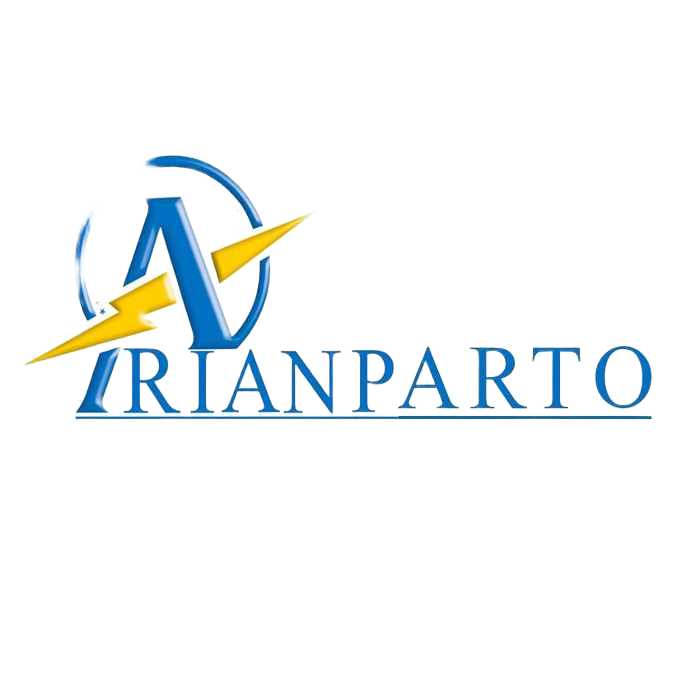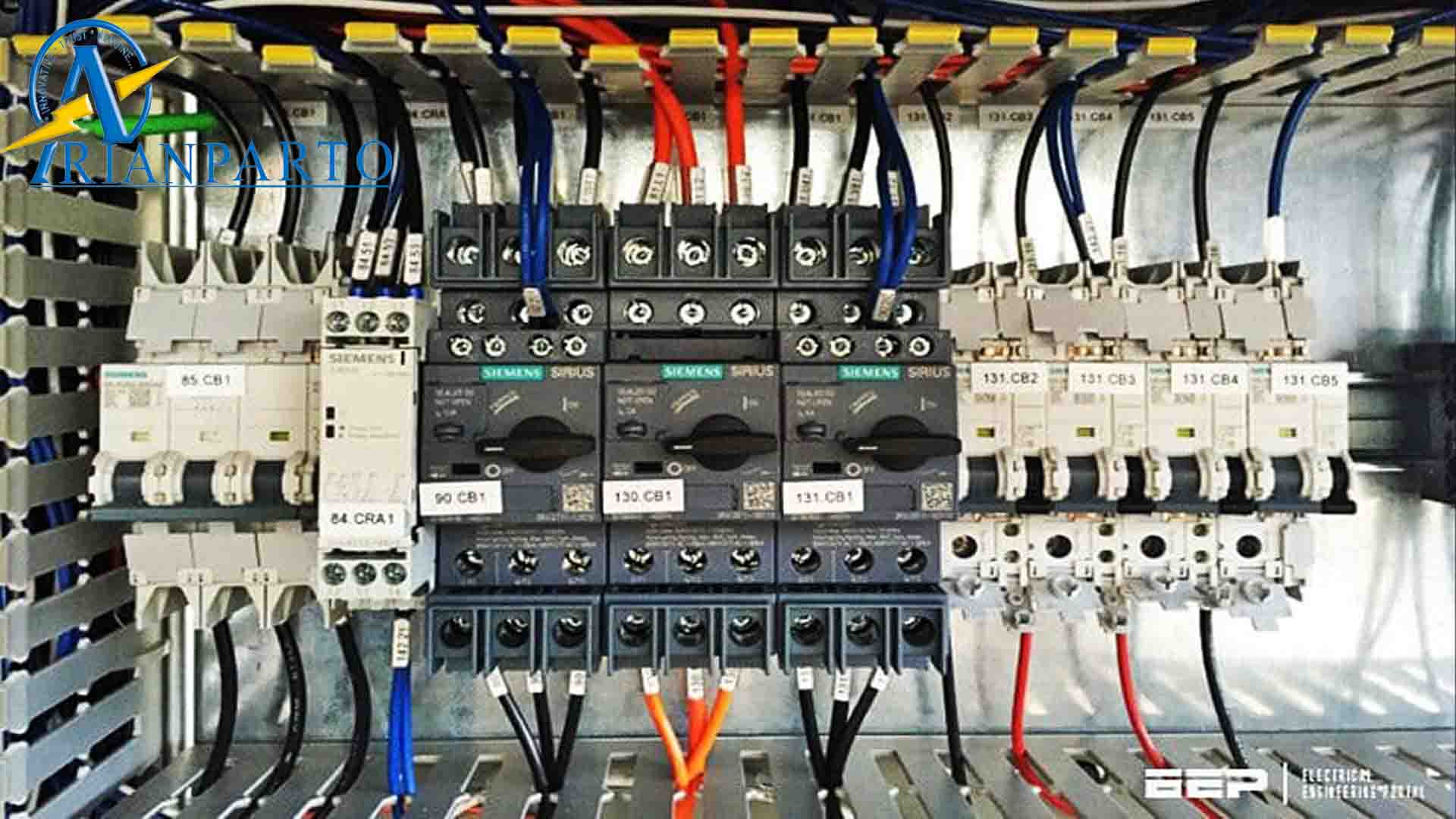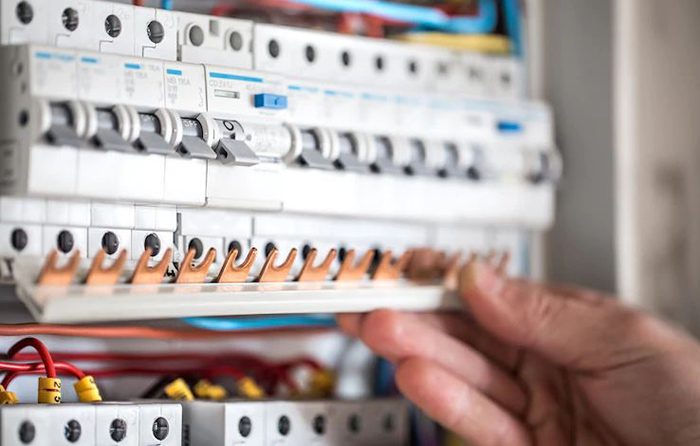Industrial electrical panels play a pivotal role in the safe and efficient distribution of electrical power in industrial and commercial environments. These panels house critical components, such as circuit breakers, fuses, and switches, that manage electrical circuits to ensure smooth operations. Properly selecting, installing, and maintaining Electrical control systems for factories is essential for ensuring operational safety, protecting equipment, and reducing the risk of electrical hazards.
What is an Industrial Electrical Panel, and How Does It Work?
An industrial electrical panel is a centralized unit that houses and controls the distribution of electrical power throughout a facility. These panels ensure that electrical power is appropriately distributed to various machines, lighting, and other electrical systems. The panels protect the circuits and equipment by regulating and controlling electrical current to prevent overloads, short circuits, and other potential hazards.
Industrial electrical panels consist of various components such as circuit breakers, contactors, relays, and meters. When electrical current flows through the panel, it is distributed to the facility’s circuits. The panel also monitors the electrical system to detect faults and interruptions. Proper maintenance and monitoring of industrial electrical panels prevent power disruptions and extend the life of electrical equipment.

Understanding Different Categories of Industrial Electrical Panels
Electrical control systems for factories come in various types, each suited for specific applications based on their design, voltage capacity, and environment. Selecting the right industrial electrical panel is vital for ensuring electrical efficiency, compliance with safety standards, and minimizing system downtime. Understanding the different categories of panels helps in choosing the most effective solution for your needs.
Types of Industrial Electrical Panels Based on Design and Structure:
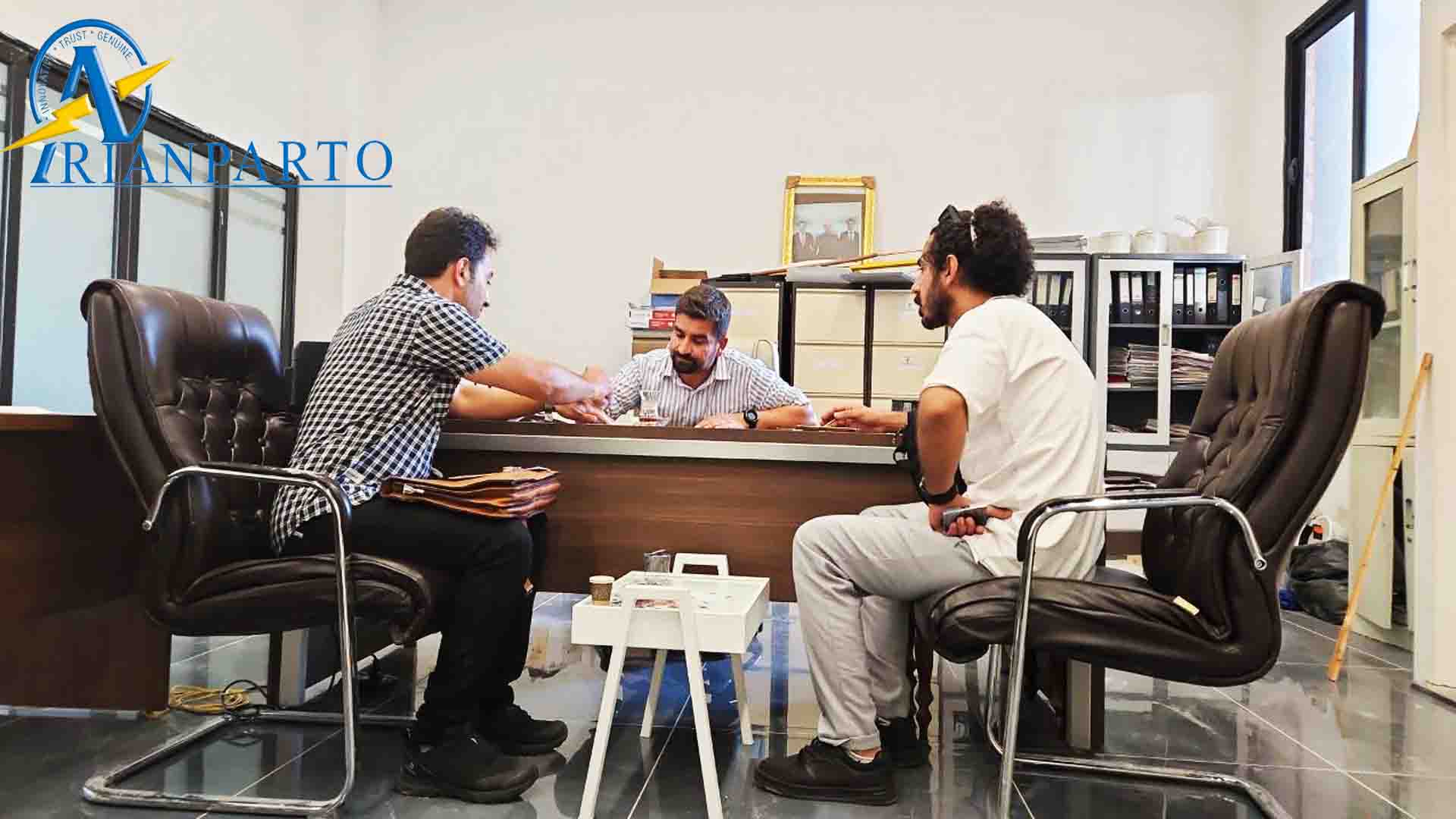
-
Metal Enclosed Electrical Panel:
Metal enclosed electrical panels are housed in a durable metal enclosure, offering protection for the internal electrical components from environmental elements like dust, moisture, and physical damage. These panels are commonly used in industrial environments that require high protection levels for electrical circuits and devices.
-
Metal Clad Electrical Panel:
These panels have a robust metal structure and offer enhanced protection compared to basic metal-enclosed panels. They are ideal for applications that require extra insulation or when electrical systems must meet strict safety regulations. These panels are popular in industrial and utility sectors.
-
Withdrawable (Slide-In) Electrical Panel:
Withdrawable or slide-in panels offer the flexibility of modularity, allowing specific components to be removed and replaced without disturbing the entire panel. This feature is particularly useful in large industrial setups where frequent maintenance and upgrades are needed without causing system downtime.
-
Swing Electrical Panel (Panels with Movable Doors):
Swing panels are designed with hinged doors, allowing technicians easy access to internal components for maintenance or adjustments. The swinging mechanism enhances accessibility and safety during maintenance tasks.
Classification of Industrial Electrical Panels Based on Voltage and Application:
Electrical control systems for factories are also categorized by their voltage capacity, making it easier to choose the right panel for specific applications based on the electrical load they need to handle.
Power Distribution Panels for Buildings:
These panels are used to distribute electrical power to different parts of a building or facility, ensuring that electrical circuits are protected and managed efficiently. Power distribution panels are found in residential, commercial, and industrial buildings.
-
Industrial Power Distribution Panels:
Industrial power distribution panels are specifically designed to handle larger electrical loads in manufacturing plants, factories, and industrial settings. These panels are built to manage the higher currents typically used in industrial applications.
-
Capacitor Bank Panels for Power Factor Correction:
Capacitor bank panels are used to improve the power factor in industrial electrical systems. By reducing the reactive power, these panels enhance energy efficiency and help reduce utility costs, making them vital for large industrial facilities.
-
Industrial Control and Automation Panels (PLC Panels):
These panels are equipped with Programmable Logic Controllers (PLCs) to automate processes in industrial settings. PLC panels are designed for controlling machinery, processes, and other electrical systems automatically, enhancing productivity and reducing human intervention.
-
Marshalling Panels:
Marshalling panels are used to organize and distribute control signals from different sources to various destinations in a control system. They act as the central point for wiring and connections, improving system reliability.
-
Changeover Panels:
Changeover panels are used to automatically switch between two power sources, ensuring continuous power supply in the event of a failure. These panels are essential in critical infrastructure where uptime is crucial.
Types of Electricity management devices Based on Installation Location:
-
Indoor Electrical Panels:
Indoor electrical panels are designed to be installed inside buildings or other enclosed spaces. These panels are typically used in commercial buildings, factories, or any location where the electrical systems are sheltered from external environmental factors.
-
Outdoor Electrical Panels:
Outdoor electrical panels are built to withstand harsh environmental conditions such as rain, wind, and temperature fluctuations. These panels are often used for outdoor substations, utility systems, and other outdoor industrial applications.
-
Multi-Purpose Free-Standing Panels:
Multi-purpose panels are versatile, designed for use in various industrial applications. These panels are free-standing, making them easy to install and relocate as needed.
-
Wall-Mounted Control and Distribution Panels:
Wall-mounted panels are used in situations where floor space is limited. These panels are securely attached to the walls and provide an efficient solution for controlling electrical systems.
-
Motor Control and Power Center Panels:
These specialized panels are designed to control and protect motors in industrial settings. Power center panels provide centralized control of motors, ensuring safe operation and ease of maintenance.
-
Modular Panels with Expandability:
Modular panels are customizable and can be expanded as needed. This design is ideal for growing businesses or industries with evolving power requirements.
Electricity management devices Categorized by Voltage Level
-
Low Voltage Panels:
Low voltage electrical panels are used in systems that handle electrical currents up to 1,000 volts. These panels are typically used in residential, commercial, and light industrial applications.
-
Medium Voltage Panels:
Medium voltage panels manage currents between 1,000 and 35,000 volts. These panels are ideal for larger industrial applications, such as power distribution in factories and industrial plants.
Protective Standards and Safety Features in Industrial Electrical Panels
Protective standards and safety features are critical components of Electricity management devices. They ensure the safety of personnel working with or around electrical systems, as well as the protection of electrical equipment and the entire electrical infrastructure. These features are designed to prevent accidents, minimize damage, and ensure that the electrical system operates reliably and efficiently. By adhering to recognized standards and incorporating key safety mechanisms, Electrical control systems for factories help reduce the risk of electrical hazards such as electrical shocks, fires, and equipment failures.
Key Protective Standards in Industrial Electrical Panels
IEC (International Electrotechnical Commission) Standards:
The IEC provides international guidelines for the design, construction, and performance of electrical panels and systems. Following IEC standards ensures that electrical panels are built to handle specific loads, resist external environmental factors, and incorporate necessary protection mechanisms. These standards focus on product reliability, operational safety, and minimizing environmental impact.
NFPA (National Fire Protection Association) Standards:
The NFPA establishes safety standards that help prevent electrical fires and other related hazards. These include the NFPA 70 (National Electrical Code) and NFPA 79 (Electrical Standard for Industrial Machinery), which outline requirements for electrical wiring, grounding, and panel design. By following these standards, industries can significantly reduce the risk of electrical fires and related accidents.
UL (Underwriters Laboratories) Certification:
UL is a global safety certification organization that ensures electrical panels and equipment meet strict safety standards. UL certification guarantees that Electrical control systems for factories have undergone rigorous testing and are safe to use in various environments. UL-compliant panels are designed to minimize risks associated with electrical shock, fire, and overheating.
ISO Standards:
ISO (International Organization for Standardization) sets specific standards for manufacturing, testing, and quality assurance in electrical panel production. ISO-certified panels meet international benchmarks for quality, performance, and safety, ensuring a high level of consistency and reliability.

Key Safety Features in Electrical control systems for factories
Circuit Breakers and Fuses: Circuit breakers and fuses are essential components that protect the electrical system from overloads and short circuits. Circuit breakers are designed to automatically disconnect power when a fault is detected, preventing damage to the system or equipment. Fuses, on the other hand, act as a sacrificial safety device, breaking the circuit when the current exceeds a safe threshold. Both mechanisms are vital for preventing electrical fires and damage to equipment.
Grounding and Bonding: Grounding ensures that the electrical panel is connected to the earth, which provides a safe path for electricity in the event of a fault. Proper grounding prevents electric shocks and helps to dissipate excess electrical energy. Bonding refers to the connection of all metal parts within the panel to prevent the build-up of electrical charge, further reducing the risk of electric shock.
Overcurrent Protection: Overcurrent protection is designed to safeguard circuits and components from the damaging effects of excessive current. Overcurrent devices such as circuit breakers and relays are built into the electrical panel to monitor current levels and disconnect the circuit in case of an overload or fault. These devices help maintain the stability of the electrical system and protect sensitive equipment from potential damage.
Arc Fault Protection: Arc faults occur when electrical currents jump or arc across faulty or damaged connections. These arcs can lead to fires or electrical shock hazards. Arc fault circuit interrupters (AFCIs) are safety devices that detect arcing and automatically disconnect the circuit to prevent fires and other hazards. AFCIs are particularly important in environments where electrical components are subject to wear and tear.
Surge Protection: Electricity management devices may incorporate surge protection devices (SPDs) to protect the electrical system from voltage spikes caused by lightning, power surges, or switching operations. Surge protectors help to prevent equipment damage, fires, and system failures by diverting excess voltage away from sensitive components.
Lockout/Tagout (LOTO) Features: Lockout/tagout procedures are essential for ensuring that workers are not exposed to live electrical circuits during maintenance or repair work. Electrical panels can be equipped with lockout/tagout features, such as padlocks and warning labels, to prevent accidental energization during servicing. These features are critical for worker safety, preventing injuries or fatalities caused by live circuits.
Clear Labeling and Warning Signs: Proper labeling of circuit breakers, switches, and other components inside the electrical panel is a crucial safety feature. Clear labels help technicians and workers quickly identify the correct components during maintenance or troubleshooting. Additionally, warning signs, such as high-voltage or danger labels, provide important safety information to alert personnel to the potential risks associated with electrical work.
Temperature Monitoring: Temperature monitoring systems within electrical panels can detect overheating, which is a common cause of electrical fires. Temperature sensors can trigger alarms or activate cooling mechanisms to prevent overheating. This safety feature is especially important in environments with high electrical loads, ensuring that the panel operates within safe temperature limits.
Enclosures and Access Control: Electrical control systems for factories are often housed in protective enclosures made of materials like metal, which are designed to prevent unauthorized access and protect the internal components from external damage. Locking mechanisms on the doors of the panel prevent accidental opening while the panel is energized, ensuring that only authorized personnel can interact with the system.
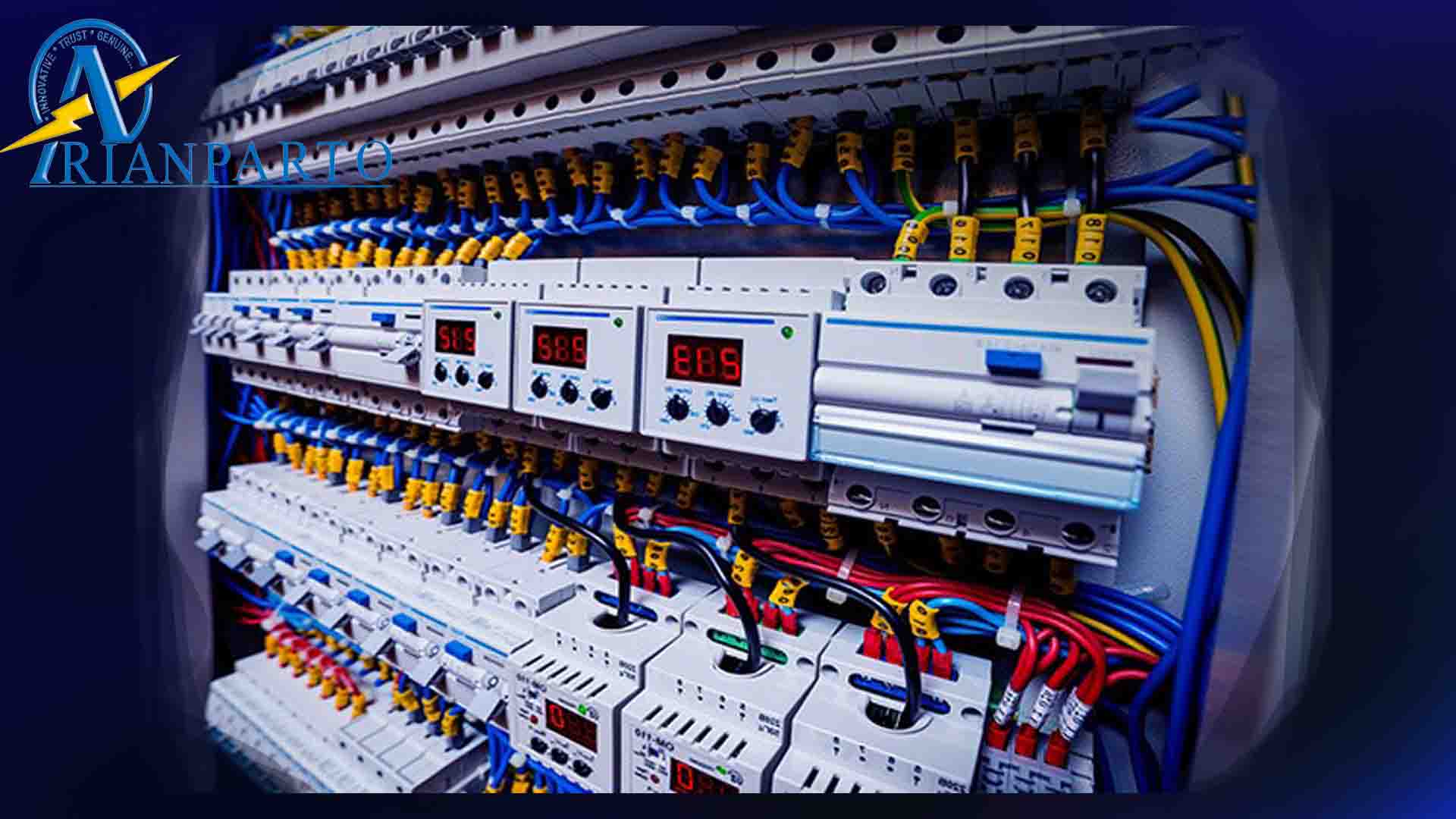
Compliance with Industry Standards and Regulations
It is essential that Electrical control systems for factories comply with local, national, and international safety regulations. Compliance ensures that electrical systems operate efficiently and are safe for both operators and equipment. In addition to meeting standards, regular inspections and maintenance are necessary to ensure continued adherence to safety protocols.
Various Applications of Electricity management devices Across Different Industries
Electrical control systems for factories are used in various sectors such as manufacturing, energy, construction, and transportation. From powering machinery in factories to controlling electrical systems in large commercial buildings, these panels ensure that operations run smoothly and efficiently.
Technical Features and Specifications of Industrial Electrical Panels
Electrical control systems for factories come with different technical specifications, such as voltage rating, current rating, protection features, and communication capabilities. Depending on the application, these features can vary significantly to meet specific industry requirements.
Price Analysis and Cost Considerations for Industrial Electrical Panels
The cost of Electricity management devices varies based on the type, size, and specifications. Factors such as the materials used, voltage capacity, and added features like automation or remote monitoring can influence the price.
Guide to Purchasing and Ordering an Industrial Electrical Panel from Arian Parto
When purchasing Electricity management devices, it’s crucial to work with a trusted supplier like Arian Parto, ensuring that the panels meet your specific requirements. Be sure to consider factors such as panel size, voltage capacity, and customization options when placing an order.
Key Components of an Industrial Electrical Panel:
Main Panel: The central unit that houses all the electrical distribution and control components.
Circuit Breaker: A device that protects circuits from overloads and short circuits.
Main Switch for Power Control: Allows operators to disconnect or restore power to the panel.
Ammeter & Voltmeter for Current and Voltage Measurement: Used to monitor the electrical parameters.
Contactor & Relay for Electrical Control: Devices used for switching electrical circuits on and off.
Fuses & Protection Components: Ensure that circuits are protected from electrical faults.
Switches, Latches & Displays: Provide user control and monitoring options.
Design Principles and Industry Standards for Industrial Electrical Panels
The design of industrial electrical panels must adhere to safety standards and industry regulations to ensure they operate effectively and safely. Components should be chosen based on their reliability, durability, and compatibility with the electrical system.
Advantages and Challenges of Using Industrial Electrical Panels in Various Projects
Electrical control systems for factories offer numerous benefits, including increased system reliability, ease of maintenance, and improved safety. However, they also present challenges such as cost, installation complexity, and the need for regular maintenance.
Frequently Asked Questions About Electrical control systems for factories

What Types of Industrial Electrical Panels Are Available?
There are various types of panels available, including low voltage, medium voltage, and specialized panels like PLC, capacitor bank, and changeover panels.
How Can I Purchase and Order an Industrial Electrical Panel?
You can purchase industrial electrical panels by contacting suppliers like Arian Parto, who can provide consultation and support based on your requirements.
By focusing on the right panel for your industry, application, and safety standards, you can optimize the performance and longevity of your electrical systems while ensuring the safety of your facility.
